Full name Leônidas da Silva Playing position Career end 1950 | Career start 1929 Position Forward | |
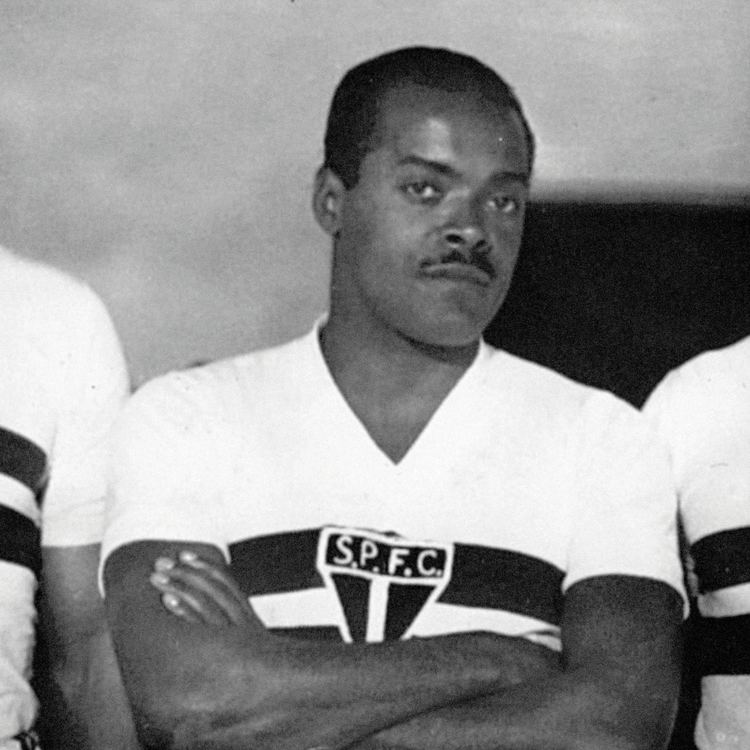 | ||
Date of birth (1913-09-06)6 September 1913 Date of death 24 January 2004(2004-01-24) (aged 90) Parents Manoel Nunes da Silva, Maria da Silva Similar José Ribamar de Oliveira, Zizinho, Ademir Marques de Menez, Domingos da Guia, Arthur Friedenreich | ||
Le nidas da silva bicycle kick google doodle
Leônidas da Silva ([leˈõnidɐz dɐ ˈsiwvɐ]; 6 September 1913, Rio de Janeiro – 24 January 2004, Cotia) was an association footballer and commentator, who played as a forward.
Contents
- Le nidas da silva bicycle kick google doodle
- Le nidas da silva google doodle
- Club career
- The bicycle kick
- National team
- 1934 World Cup statistics
- 1938 World Cup statistics
- Chocolate bar
- After retirement
- Club
- Country
- Individual
- References
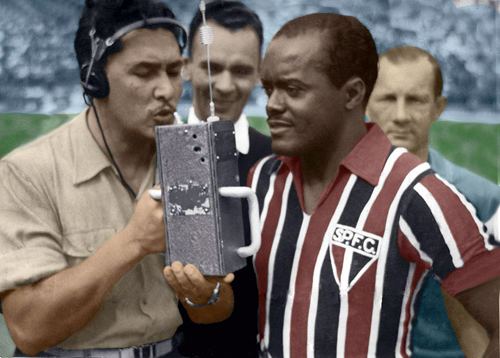
He is regarded as one of the most important players of the first half of the 20th century. Da Silva played for Brazil in two World Cups, and was the top scorer of the 1938 World Cup.
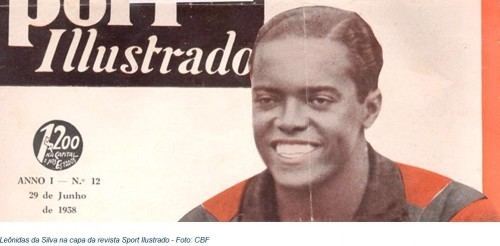
He was known as the "Black Diamond" and the "Rubber Man" due to his agility.
Le nidas da silva google doodle
Club career
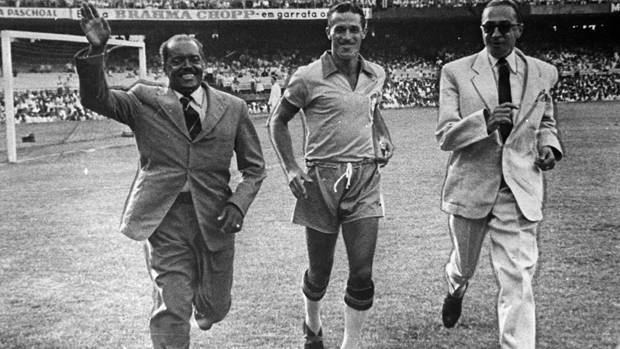
Leônidas, born in Rio de Janeiro, started his career at São Cristóvão. In 1931 and in 1932, he played for Bonsucesso.
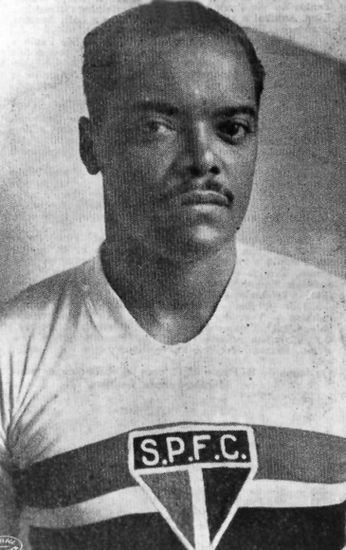
He joined Peñarol in Uruguay in 1933. After one year, he came back to Brazil to play for Vasco da Gama. He helped them win the Rio State Championship. After playing in the World Cup in 1934 he joined Botafogo and won another Rio State Championship in 1935. The following year, he joined Flamengo, where he stayed until 1941. Once again, in 1939, the team won the Rio State Championship. He was also at the forefront of the movement against prejudice in football, being one of the first black players to join the then-elitist Flamengo team.
Leonidas joined São Paulo in 1942 and stayed at the club until his retirement from playing in 1950.
The bicycle kick
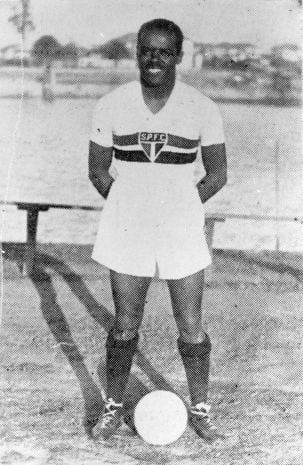
Leônidas is one of several possible players credited for inventing the "Bicycle kick". The first time Leônidas used this technique was on 24 April 1932, in a match between Bonsucesso and Carioca. In Flamengo he used this move only once, in 1939, against the Argentinian team Independiente. The unusual volley gained huge fame at the time, propelling it into the football mainstream. For São Paulo he used the bicycle kick on two occasions: the first on 14 June 1942, in the defeat against Palestra Italia (currently Palmeiras). Most famously of all, he used it on 13 November 1948, in the massive 8–0 victory over Juventus. The play (and the goal) was captured in an image and is regarded as the most famous picture of the player. In the 1938 World Cup, he also used the bicycle kick, to the delight of the spectators. When he did it, the referee was so shocked by the volley that he was unsure whether it was within the rules or not.
National team
He played 19 times for the Brazilian national team, scoring 21 goals in total, and scoring twice on his debut. In 1938, he was the World Cup's top scorer with 7 goals, scoring at least three times in the 6–5 extra time win over Poland. Brazil manager Adhemar Pimenta decided to rest him for the semi-final against Italy. The Italians won the game 2–1.
1934 World Cup statistics
The scores contain links to the article on the 1934 FIFA World Cup and the round in question. The matches’ numbers reflect the number of World Cup matches Leônidas played during his career.
1938 World Cup statistics
The scores contain links to the article on the 1938 FIFA World Cup and the round in question. When there is a special article on the match in question, the link is in the column for round.
Chocolate bar
During the 1938 World Cup, Leônidas was nicknamed Diamante Negro (black diamond). In the next year, Brazilian chocolate manufacturer Lacta purchased from him the right to name a chocolate bar as Diamante Negro. This chocolate brand is still a comercial success in Brazil
After retirement
He joined São Paulo as manager in 1953, before leaving football to become a radio reporter and then the owner of a furniture store in São Paulo. Leônidas died in 2004 in Cotia, São Paulo, because of complications due to Alzheimer's disease, from which he had been suffering since 1974. He is buried in the Cemitério Morada da Paz of São Paulo.
